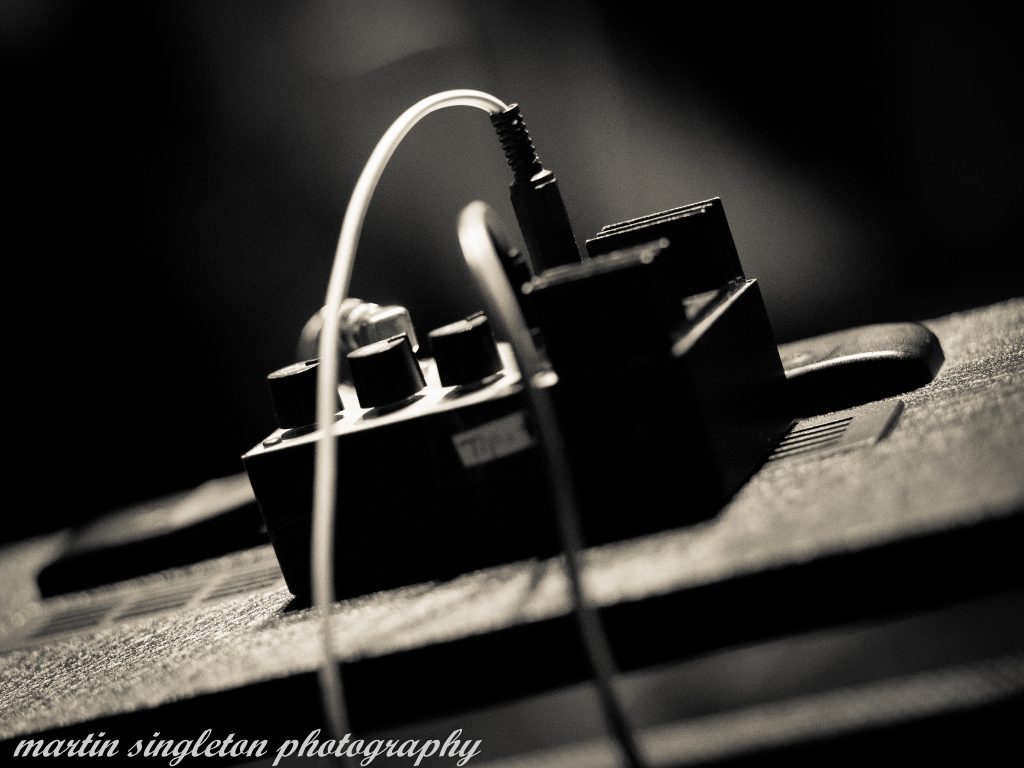
For this article a short guide how to improve your sound whilst improvising using loops. I will explain three short, practical tips how to improve the sound of your guitar when you improvise and use loop pedals.
Using Two Amps
One of the first thing to do is to use two amps: One amp is for your loop, the other one is for your improvisation. These two amps will keep your sound clear and uncluttered since each amp does have its own, individual speaker to keep the sound nice and clear.
Using Pedals
Secondly, to diversify your sound use guitar pedals. The pedals of choice are up to you: You may want to alter the level of the sound by using dist/overdrive pedals, or you may want to use Delay pedals. The main goal for using pedals is to create a different sound for the signal of your improvisation compared to the guitar sound of your loop. Combined with two different amps, this approach will give you a huge, wide open and clear guitar sound.
Playing Over One String
(Experienced improvisers may want to ignore this section!)
The third idea is related to keeping your ideas simple and short: Playing over one string at a time gives you the ability to see where you are going on the fretboard. You can actually see the notes you are playing compared to feeling your way around on the fretboard! Once you know what you are after musically you can start playing across the strings and play more in position as opposed to playing along the fretboard.
Here is a simple scale idea for E major Ioanian scale as used in the video, all notes are being played on the B string :
5—7—9—10—12—14—16—17—
The important notes in this scale are the G# (fret 9) and the D# (fret 16):
The G# is the major 3rd, change this note to a G (fret 8) and you are playing a minor 3rd, which creates a different sound within the scale.
The D# is the leading tone to the keynote, in this case the key of E major. Both the Leading Note and the Major 3rd are characteristic for the sound of the Ionian scale.
Check out video which demos the whole process as described before:
Correction Video:
I mentioned E Dorian, it should have been the F# Dorian since it is the 2nd degree of the E Ionian scale.
If you enjoyed the article and video, why not subscribe to the channel? Please do not forget to like and share the video. Thanks!!
I hope you will be able to use some of these ideas for your own style of playing.
See you soon again for more,
Eddie

